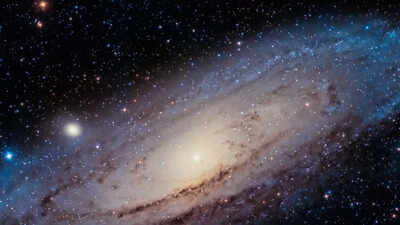
NASA is inviting people of all ages to participate in an exciting citizen science project through Galaxy Zoo, where volunteers help classify thousands of galaxy images captured by the James Webb Space Telescope. With over 500,000 galaxy images now available, scientists need assistance to analyse and understand how galaxies have evolved over billions of years. This project allows volunteers to be among the first to view some of the earliest galaxies ever detected. By answering simple questions about galaxy shapes, participants can directly contribute to scientific discoveries about the universe’s history.
What is Galaxy Zoo
Galaxy Zoo is a long-running citizen science project that started in 2007. It has allowed volunteers to classify galaxies using images from telescopes like the Sloan Digital Sky Survey and NASA’s Hubble Space Telescope. The project has led to numerous scientific breakthroughs, such as insights into galaxy mergers and the role of black holes.
Why your help matters in identifying galaxies
The James Webb Space Telescope has produced a vast number of new images that reveal galaxies farther away than ever before. These distant galaxies show us what the universe looked like billions of years ago. By studying their shapes, scientists can understand how galaxies formed, how they created stars, and how they interacted with each other over time.
How to participate in Galaxy Zoo
To join, volunteers simply sign up on the Galaxy Zoo website. After viewing an image from the Webb telescope, answer questions about its shape, such as whether it appears smooth or has spiral arms. Even beginners can contribute valuable data. Some volunteers have expressed excitement about being the first people ever to see these distant galaxies.
Combining human and AI efforts
The Galaxy Zoo team now uses an artificial intelligence system called ZooBot. This AI reviews images and classifies the ones it can handle based on existing data. When ZooBot encounters complex or unclear images, it passes them on to human volunteers. This partnership between humans and AI allows the project to manage the massive influx of new data effectively.
A continuing legacy of discovery
Galaxy Zoo has already played a key role in expanding our understanding of the universe. With the addition of James Webb’s powerful new data, the project is opening a new chapter in space exploration. Anyone interested in space and science can join and make a real impact on astronomical research.














